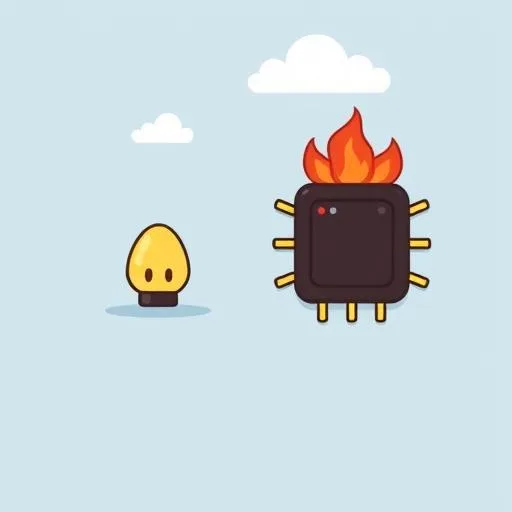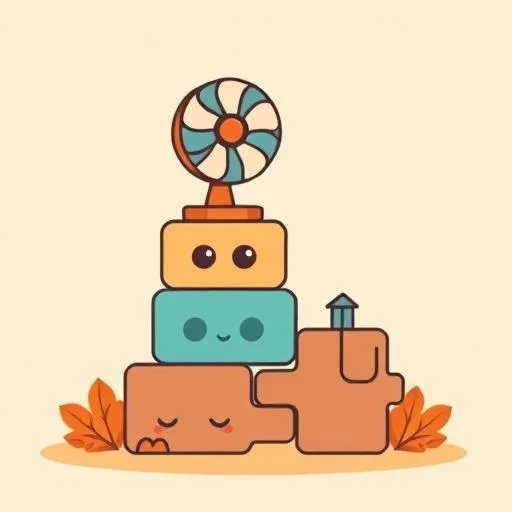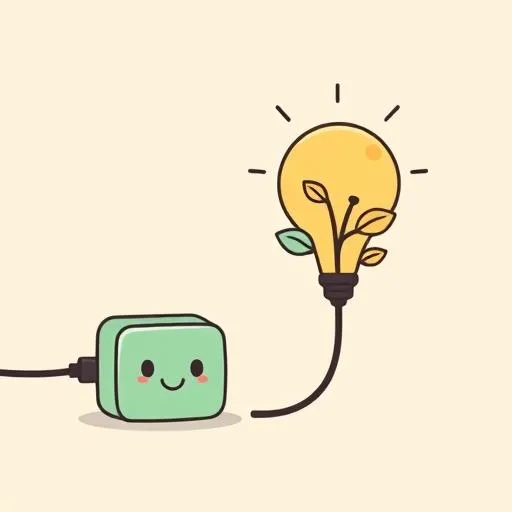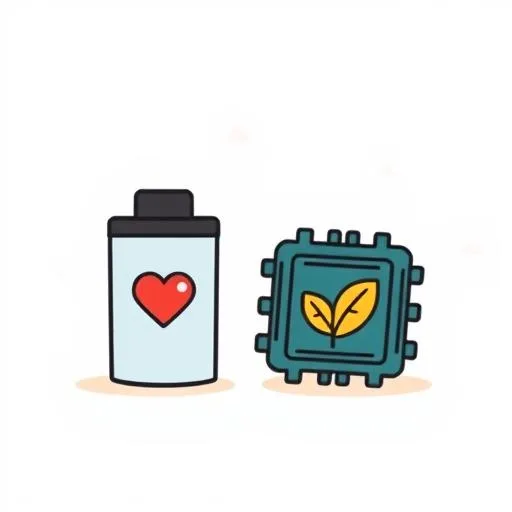
That quiet moment unplugging the tablet after story time? It ripples beyond our living rooms. As AI reshapes our world, its energy use grows fast—chips once sipped power like juice boxes now guzzle like birthday buffets. Tech leaders turn this into innovation, reminding us sustainability starts at home. It’s in how we guide tiny hands to switch off lights, making everyday acts into seeds of stewardship.
Why AI’s Hidden Power Surge Matters to Kids?

Back when my seven-year-old was born, server chips hummed along at 150–200 watts—think of a gentle breeze. Now? New AI chips roar at 1,200 watts. That’s like swapping her nightlight for a stadium floodlight. JLL research shows racks hitting 130 kilowatts, with future ones aiming for 250. All because we’re feeding AI more data than bedtime stories! But here’s what hits me: if our kiddos’s favorite apps need this much juice, shouldn’t we teach them where power comes from? Yesterday, my daughter asked why clouds look gray when servers work hard—she’s connecting weather to tech. That’s our chance to connect!
We don’t need lecture halls for this. Next time devices whirr, try: “Guess what? These need rest too, like you after playground races.” It turns “turn it off” into shared care, not scolding.
How Can Families Mirror Tech Innovation?

Innovators aren’t just cooling data centers—they’re redesigning energy flow at the blueprint stage. Smart, right? It mirrors how we parent: waiting until backpacks overflow before reorganizing rarely works. They help clients spot energy leaks early, like checking if the fridge door seals tight. That “hopeful urgency” feels familiar. Remember when we first taught our kids to “fix” wobbly blocks by rebuilding the base? Same principle—we fortify foundations before scaling up.
Research from places like Ramboll shows AI racks now pull 60+ kilowatts on average versus old 10-kilowatt norms. Massive jump! Yet these companies treat it like a puzzle, not panic. Why not bring that calm to family chats? “Servers got thirsty—let’s help them sip smarter!” turns anxiety into adventure. Suddenly, “unplugging” feels like being a planet superhero together.
What Small Habits Shape Green Futures?

IBM’s sustainability report reveals 88% of businesses plan greener tech investments—but 56% aren’t using AI for it yet. Sounds like my old habit of buying “eco-friendly” snacks while leaving lights on! The gap between knowing and doing? Universal. At home, I’ve learned: small rituals stick better than grand promises. Last weekend, we turned off devices and built a cardboard rocket—it sparked her curiosity about energy without a screen. When we made “energy check” a post-dinner game (“Who spots the first unplugged charger?”), laughter replaced resistance. Now my daughter reminds me: “Daddy, the Xbox needs a nap!”
No need for fancy tools. Try this: during screen time, ask “What’s one thing our family can do so your tablet’s happy tomorrow?” Linking play to purpose (“Your drawing app thanks you for turning off lights!”) builds instincts that outlast any trend. Deloitte’s notes on GPU power jumps prove even giants start with single choices. So does our family.
What Legacy Are We Quietly Creating?

That overcast afternoon walk last week? My daughter picked up a stray battery, whispering, “It might hurt earth worms.” Not a lecture—just instinct. Innovators’ work whispers too: sustainable tech isn’t sacrifice; it’s smarter creation. When companies optimize cooling early, like choosing fans over AC for racks, they’re modeling what we can do at home. Maybe swap endless video rounds for building forts where “energy” means laughter, not watts.
Think of it—by making power visible through play, we’re planting seeds. She’ll grow up seeing innovation as nurturing, not draining. When she learns about AI someday, her first thought won’t be “how fast?” but “how kind?” That’s the true upgrade: a generation where “strong” servers also mean “kind” ones. Our quiet habits today are the design specs for tomorrow’s world.
